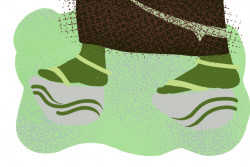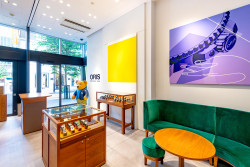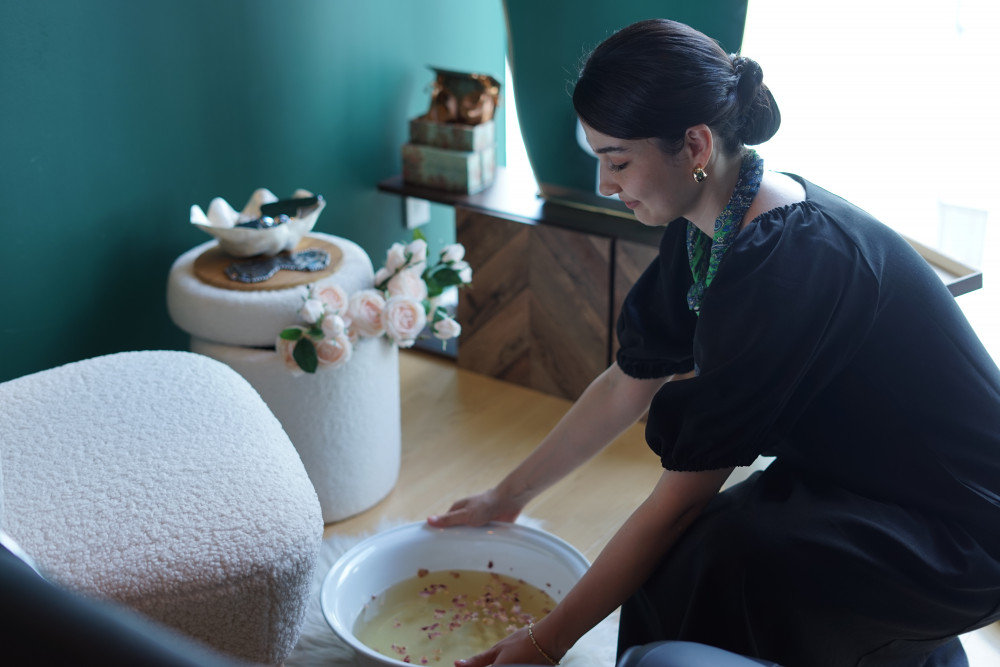
October 25, 2024
ASMR, Head Spas and the Rise of Calm Culture
How YouTuber ASMR Twix is redefining relaxation in Tokyo
There’s something magical about visiting a head spa. As a new trend taking over the self-care world, you may not have had the opportunity to try one yet. But just imagine it: gentle water cascading around your scalp, soothing aromatic steam filling the room and the delicate touch of a masseuse combing through your hair.
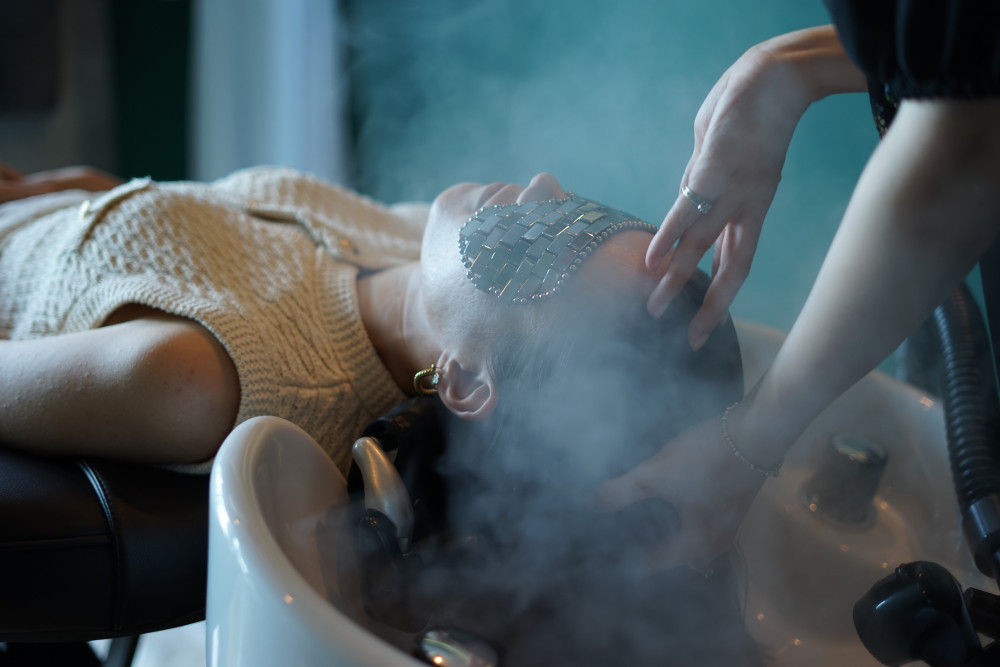
The experience feels especially otherworldly in a city like Tokyo; a drop of calm amid the chaos. But let’s be real—not all of us can afford the luxury of regular spa visits. That’s where ASMR videos come in, and YouTuber Twix brings this head spa experience straight to your phone screen.
The creative’s journey into the ASMR world started simply—filming her visits to head spas around Japan. She captured the soft, satisfying sounds of combing, hair washing and the gentle murmuring of masseuses. Viewers loved it. The videos quickly racked up views, pulling in fans looking for a little moment of peace in their day.
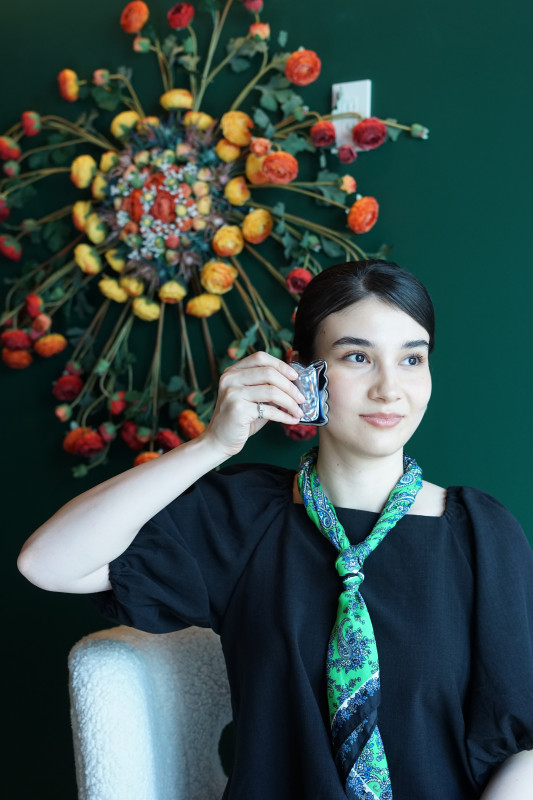
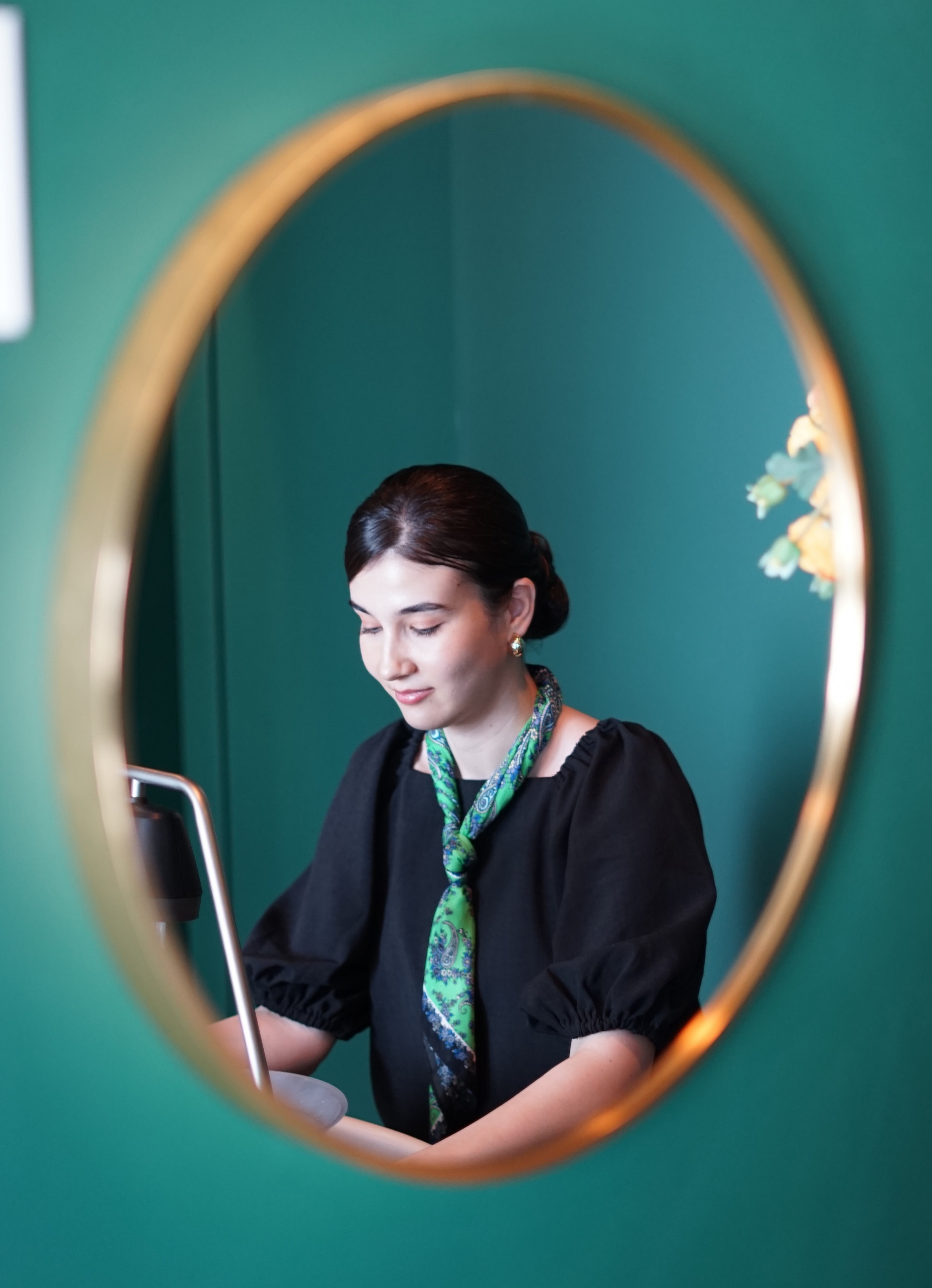
Riding on this success, Twix recently took a huge leap and opened her very own head spa in Kita-sando, Tokyo. Metropolis sat down with Twix at her new ASMR head spa to chat about how she went from a business university student to a connoisseur of calm. It’s a journey as soothing as her videos.
What Exactly is ASMR?
You’ve probably heard the term ASMR before—if not, you’ve definitely seen it pop up while scrolling late at night. It stands for Autonomous Sensory Meridian Response. The Oxford Dictionary defines it as “a feeling of well-being combined with a tingling sensation in the scalp and down the back of the neck, as experienced by some people in response to a specific gentle stimulus, often a particular sound.”
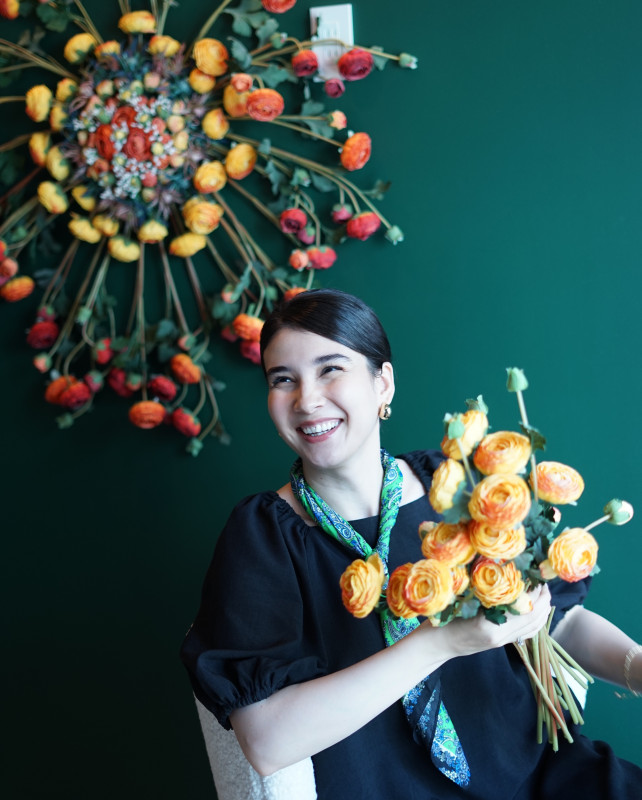
Before YouTuber Jennifer Allen coined the term ASMR in 2010, this strange but soothing sensation was often referred to in chatrooms with phrases like “brain-gasm” or “induced head tingling.” According to ASMR University, there were only 51 YouTube channels dedicated to ASMR at that time. Flash forward to today, and ASMR has grown into a massive online subculture, with over 500,000 channels where creators post videos of everything from softly adjusting glasses to hours of rubbing plastic spoons on a microphone or gently pulling hair out of a hairbrush.
Like everything else on the internet, ASMR has its trends and subcategories. Twix herself isn’t immune to the evolving nature of ASMR. “Every six months my preferences change,” she admits. “For example, now I’m not really a fan of triggers.” She goes on to explain that the “triggers” category of ASMR is sounds made up of intentional actions such as lightly scratching a microphone. “I prefer soft-spoken and spa videos that are more unintentional.” And that’s the charm of her content—it’s real, unforced and effortlessly calming.
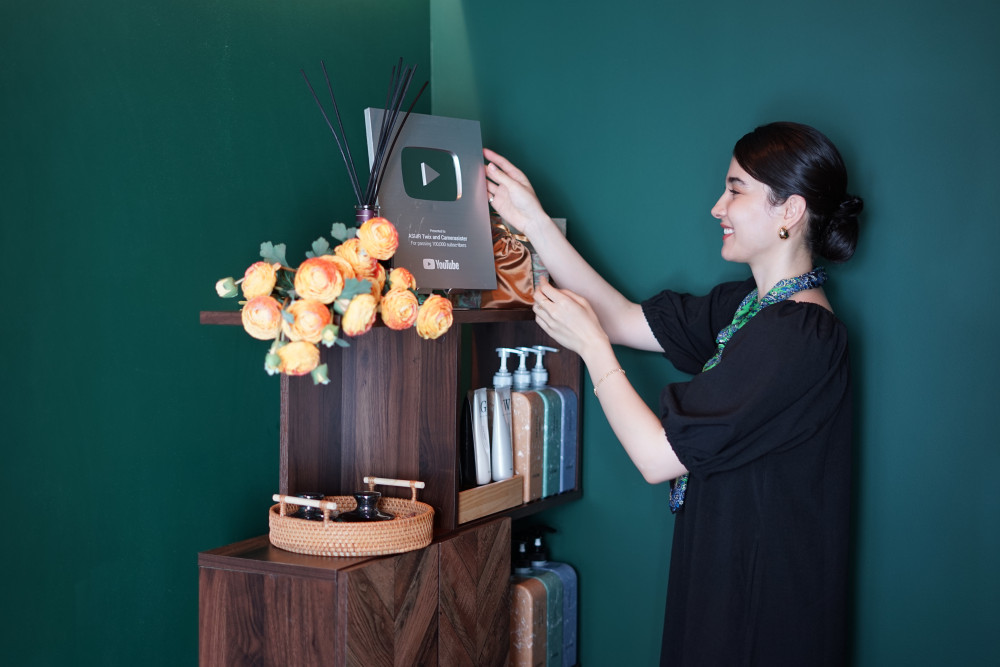
From YouTube to Tokyo
Twix’s path to ASMR stardom was paved with a relatable struggle: insomnia. Like many of us, she had trouble sleeping and was dealing with the stress of being a university student during the COVID-19 pandemic. After stumbling upon ASMR videos, she was immediately hooked by the soft, rhythmic sounds of hair brushing. It put her to sleep instantly. “At the time, there weren’t many salon or head spa-type ASMR videos.” This gave her the perfect niche, and she began to carve out her own space in the ASMR community.
“After around two months of doing at-home videos, a tutorial-type hairstyle video came up one day. It wasn’t intentionally calming or related to ASMR, but I found the video very relaxing. So I started thinking, what if we go film actual salon and head spa treatments?” And that’s exactly what she did, beginning with filming facials and other treatments. It was her first video of a head spa in Ikebukuro, however, that truly struck gold, going viral on YouTube and amassing millions of views.
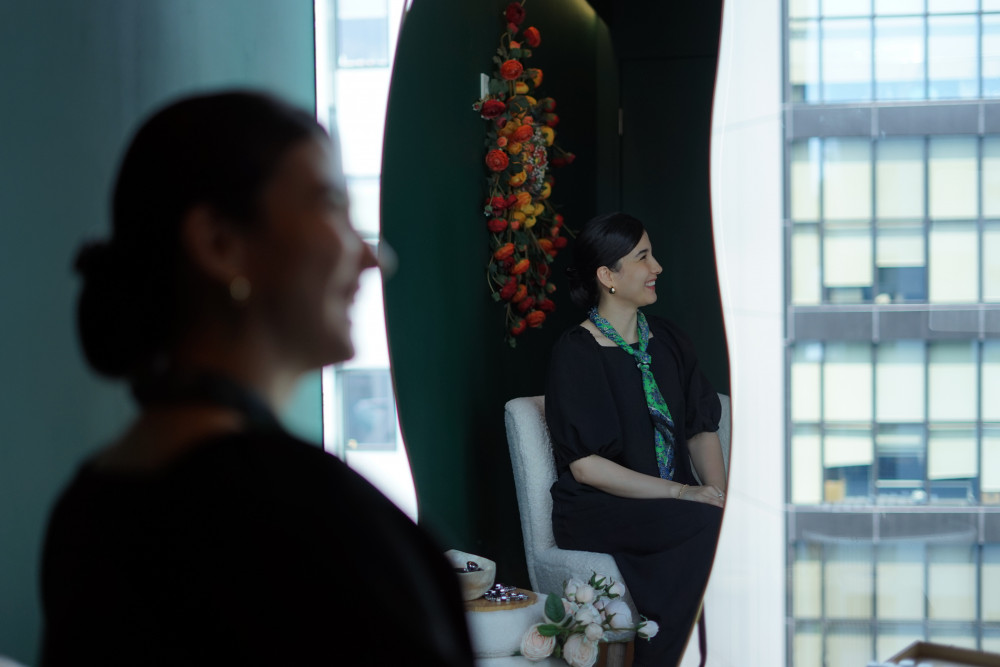
Her channel’s success was the perfect springboard to kickstart her entrepreneurial dream. “People in the ASMR community often share their personal lives in the comments, telling us about their struggles with sleep disorders, migraines or stress. I became really passionate about head spas because they helped me overcome those issues,” she explains. “I already wanted to open my own head spa in 2022, but it wasn’t the right time with quarantines still in place. So instead, I launched a company called ‘Please Take Care of Me,’ which sold scalp and facial massage products people could use at home. Eventually, I was able to open my head spa in 2024.”
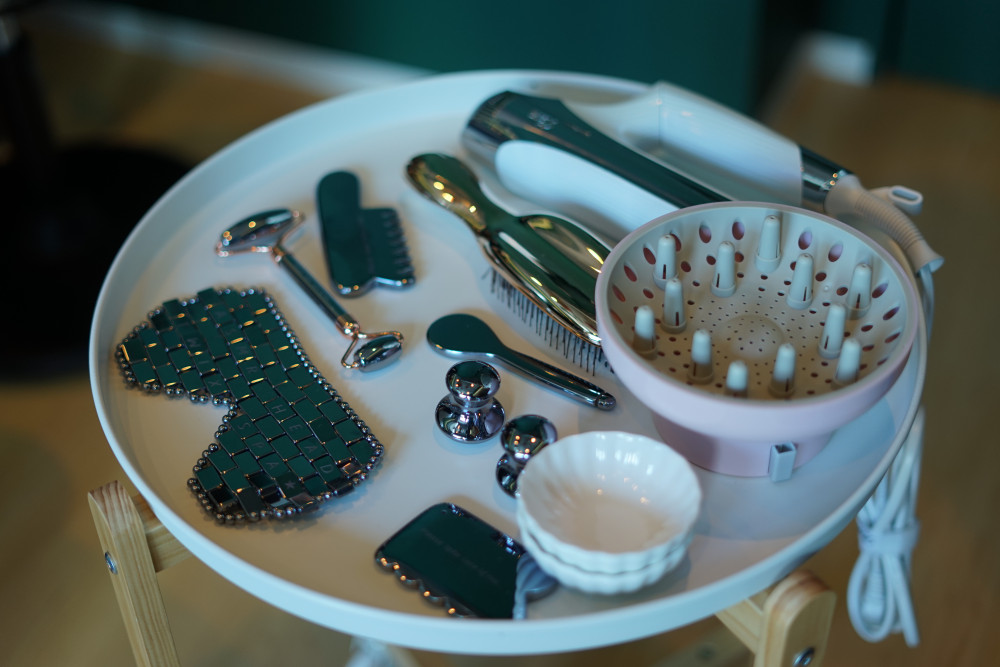

Now, with her own Tokyo location, Twix has brought her passion full circle—from insomnia to online videos, and finally to a physical space where she can share the art of calm with the world.
YouTube: @asmrtwix
IG: @asmr.twix

